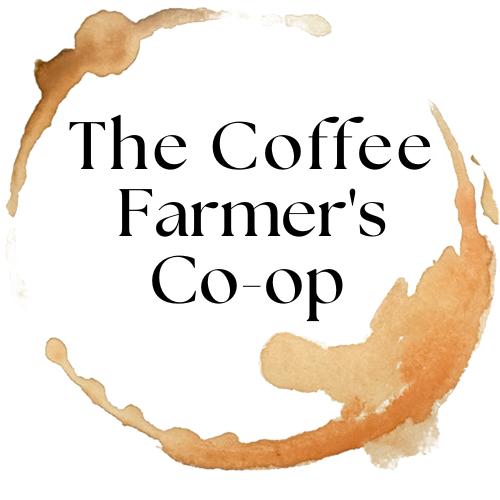Mastering the Art of Home Coffee Roasting
At The Coffee Farmer's Co-Op, we understand that true coffee aficionados crave the ultimate sensory experience.
Roasting Green Coffee Beans At Home
Roasting your own coffee at home can elevate your coffee ritual to new heights, unveiling flavors and aromas that are simply unmatched. Now that we are selling our green coffee beans, coffee roasters and at-home coffee aficionados are able to purchase our coffee to roast themselves.
In this article, we'll guide you through the art of home coffee roasting, ensuring that every cup you brew is a true masterpiece.

Select the Right Beans
Begin your journey by choosing high-quality green coffee beans. Look for suppliers who offer a variety of beans from different regions, as each one offers unique flavor profiles. We take great care in sourcing the finest green beans for your enjoyment.
Gather Your Equipment
To roast coffee at home, you'll need some essential equipment, such as a coffee roaster, a kitchen scale, and a timer. If you're just starting, a small at-home roaster can work well as a budget-friendly roasting tool.
Measure the Beans
Next, you must measure your green coffee beans. Our coffee cooperative suggests that you weigh out your green coffee beans for the roast. Typically, a batch size of 6-8 ounces is ideal for most home roasting setups.
Preheat Your Roaster
Preheat your coffee roaster to the recommended temperature. Most roasters have a built-in thermostat, but if not, aim for temperatures between 400-450°F (204-232°C).
Roasting Process
Next, you will go through multiple roasting processes. Our master roaster shares the phases below:
Drying Phase: Place your green coffee beans into the preheated roaster. The beans will go through several stages during roasting. In the initial "drying" phase, they'll change from green to yellow and start releasing moisture.
Browning Phase: As the beans heat up, they will turn brown. You'll notice the "first crack" at this point, which sounds like popcorn popping. This is the stage where the sugars in the beans caramelize, and the coffee flavor begins to develop.
Development Phase: Continue roasting past the first crack if you prefer a darker roast. During this phase, the beans become less acidic and more bitter. Be sure to monitor the roast closely to achieve your desired level of darkness.
Cooling and Storing
After roasting, quickly cool your beans by transferring them to a metal colander and shaking them gently. This stops the roasting process and prevents over-roasting. Once cooled, allow the beans to rest for a day or two to develop their flavors fully. After this, store them in an airtight container in a cool, dark place.
Brew and Savor
Once you've mastered the art of home roasting, it's time to brew your freshly roasted coffee. Experiment with different brewing methods and grind sizes to find the perfect balance for your palate. The satisfaction of enjoying a cup of coffee you roasted yourself is unparalleled. Remember, the key to successful home coffee roasting is practice. Each batch you roast will bring you closer to perfection.
At The Coffee Farmer's Co-Op, we encourage you to explore the world of coffee roasting and embark on a journey of flavor discovery. Whether you prefer a light, medium, or dark roast, home roasting allows you to customize your coffee exactly to your liking.
Join the ranks of home coffee roasters who are taking their coffee experience to new heights. Embrace the art of roasting and create unique, delicious brews that will amaze your taste buds. Start your home coffee roasting journey today with The Coffee Farmer's Co-Op's green coffee beans for sale.
